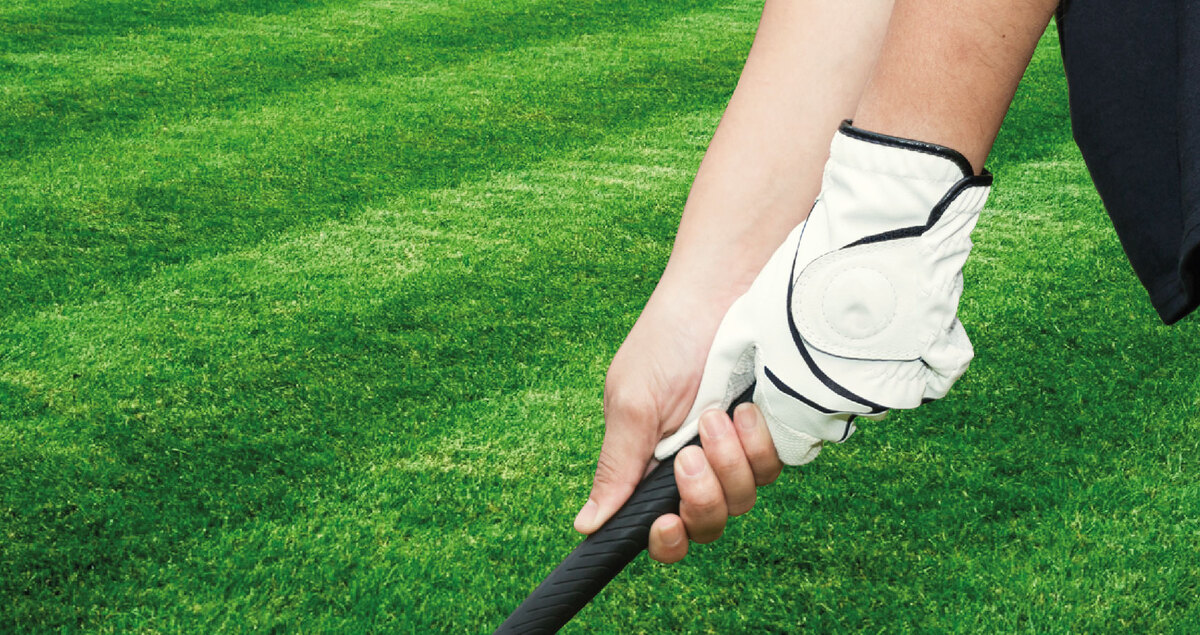
How to Get Started with Golf: A Guide for Beginners
Your first swing at golf made simple and stress-free.
Playing a round of golf can be the ideal way to spend a Saturday afternoon. With its mix of strategy and outdoor time, golf offers a chance to enjoy beautiful scenery while putting your way to victory. But if you’re new to the game, the unique scoring system and specialized equipment can make it seem a little intimidating.
Fortunately, a few tips and tricks can help you gain the confidence you need to hit the links.
Read on to learn how to get started with golf if you’re a beginner.
Start with the Right Equipment

You can’t golf without the essential equipment. Plan on purchasing plenty of golf balls since you’re more likely to make errant hits as a new golfer and, as a result, lose some of your balls. And stock up on tees, which are the pegs that enable you to strike the ball at a new hole.
The equipment requirements don’t end there. You’ll also need:
-
A Good Set of Basic Clubs: Aim to find a set with a driver for that initial strike and a few irons. It’s also helpful to have a pitching wedge and a putter. Look for a beginner-friendly set with bigger club faces and lighter-weight clubs that will be easier to swing.
-
Comfortable Golf Gloves: The best gloves will make playing the game more comfortable. You’ll have a better grip and reduce the likelihood of blisters. Gloves also can control moisture if you’re golfing in a more humid climate.
-
A Reliable Golf Bag: Invest in a solid bag to tote your clubs and accessories. Bags that are made from lighter materials will be easier to carry.
-
Breathable Golf Shirts: You want to feel your best when swinging a club, so choose breathable shirts and pants. Be aware of any courses with dress codes, too, so you’re compliant.
Be Clear on the Rules

Nothing can be more soothing than taking a slow day and heading to the golf course. But as a beginner, it’s helpful to brush up on the main rules of golf before beginning a game. Know that you’ll start each hole with a tee shot. And, as you play the hole, you’ll need to track how many strokes it takes to get the ball into the cup. The lower the number of strokes, the better your chances of winning.
In some instances, penalty strokes will come into play. Maybe you hit the ball into a pond or onto property beyond the course. Those are scenarios where you’ll have to add an extra stroke to your score. Or, if you tee off from the wrong place, you could incur a two-stroke penalty.
As you play a round of golf, be mindful of other golfers, as well. Respect is central to golfing etiquette. Don’t linger for too long at a given hole and mend any divots you make on the course.
Know the Scoring Methodologies

When playing golf, you have options as far as scoring systems are concerned. Here are a few of the most popular ones:
-
Stroke Play: In this system, you’ll tally the number of strokes across all holes to arrive at a score. The lowest score wins.
-
Stableford: This system takes the opposite approach of stroke play; Stableford awards highest honors to the highest score.
-
Match Play: Every hole feels like a new game with this scoring system. The player who wins the most holes wins the entire game.
Stroke play may be the most direct way to handle golf scoring, making it appealing for beginners. But the Stableford system uses a familiar approach that can help everyone feel involved while learning the game.
Practice the Basic Skills

Have you ever grabbed a golf club before? Plan on practicing an interlocking or baseball grip so you feel confident swinging your club. And practice a few other key techniques prior to tee time.
Posture is critical to your golf game. You’ll need to have a dependable back and knees to handle the swing mechanics. Aim to keep your feet shoulder-width apart when striking the ball, and always bend your knees a little. Avoid arching your back, as this can put strain on it and hurt your swing.
Keep your swings deliberate and smooth for the ultimate powerful stroke. Always follow through on swings, too, to give your ball the best chance of traveling where you want it to go. When it’s time to put it on, pretend you’re a clock pendulum. Move your arms carefully while maintaining a firm grip and strong sense of focus.
When in doubt, take lessons at a local golf course and commit to practicing your swing. You can even start with smaller par-3 courses to gain confidence before playing a full round on a more challenging course.
Start Playing Golf
Golf may seem like a complicated game, but taking a little time to learn the rules and key components of the game can make it enjoyable for newbies. Practice your grip and invest in a solid set of clubs. And make sure you’re clear on how the various scoring systems work. Then schedule a tee time with some friends to put your skills to the test. Don’t forget to have fun, too!











